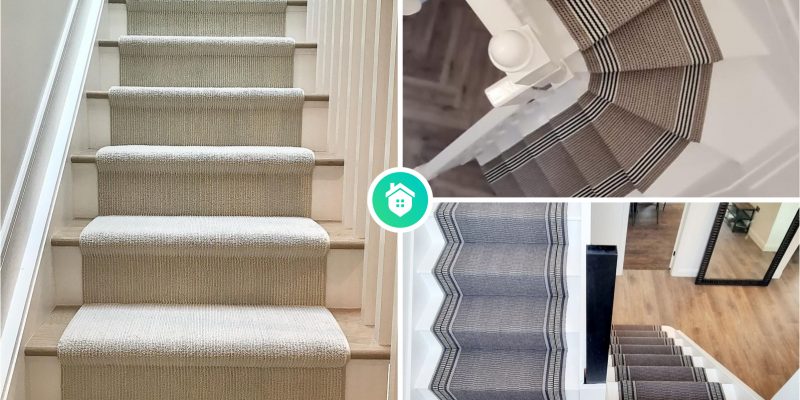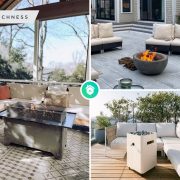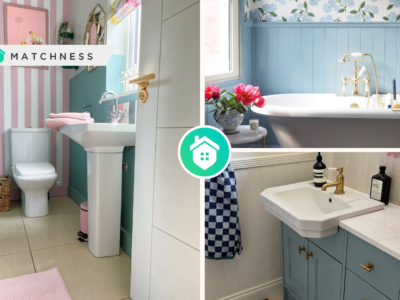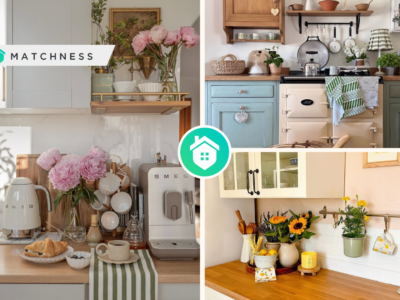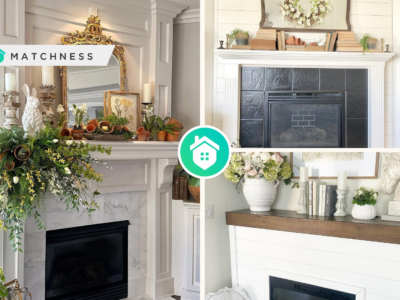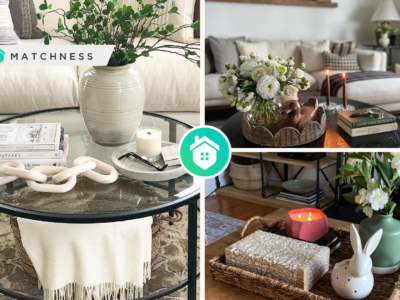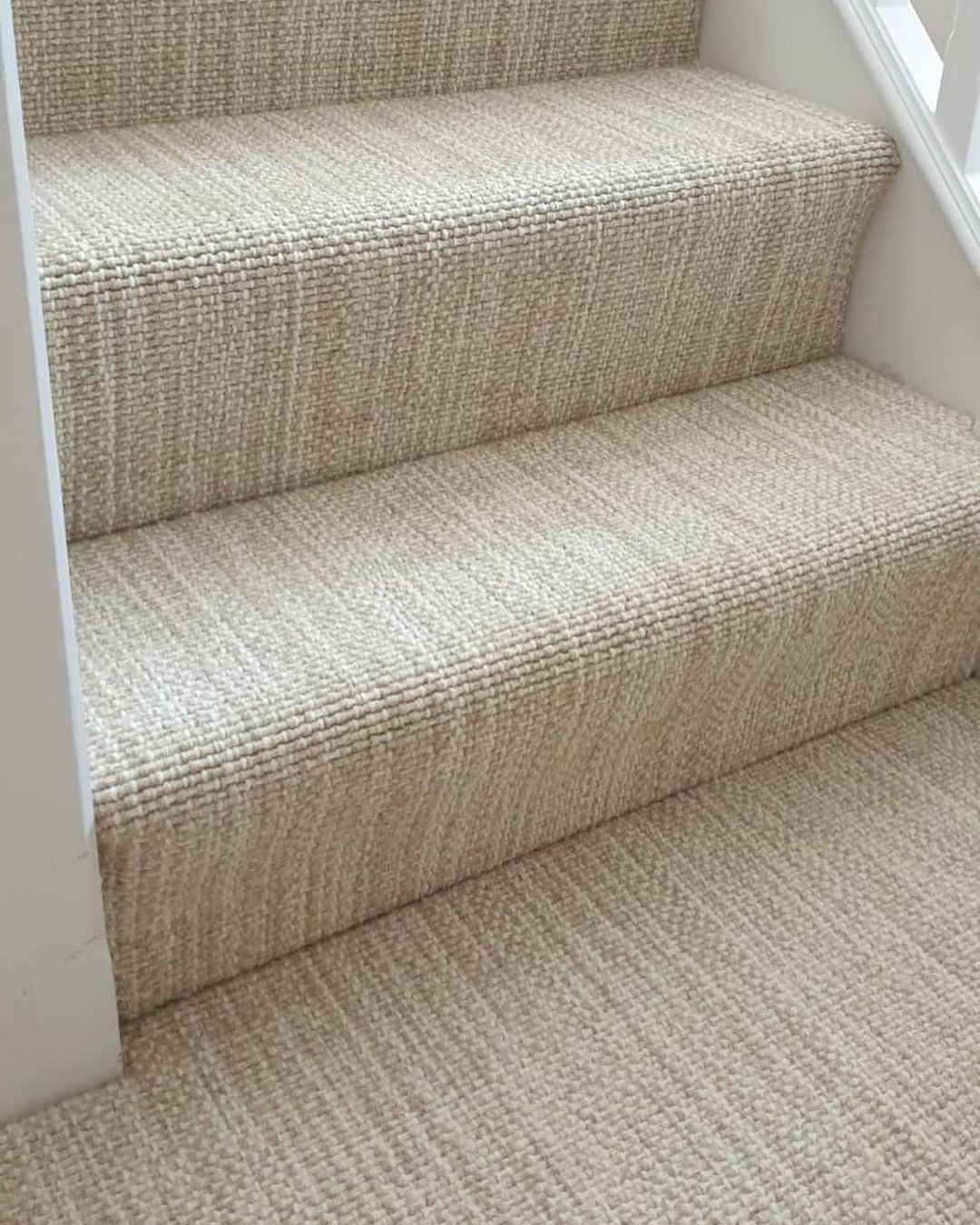
Elevate your home with the warmth and comfort of a carpeted staircase. Soft underfoot and aesthetically pleasing, it transforms your ascent into a tactile and stylish journey, making every step a touch of luxury. Flat weave carpet from @ rivierahomelondon
When choosing carpet for your home, the flooring company might suggest including the stairs in the carpeting project. Carpeting stairs presents a greater challenge on a per-square-foot basis compared to floors due to the intricate processes of cutting, tucking, and tacking required to achieve a snug fit. Are you considering the installation of carpet on your stairs?
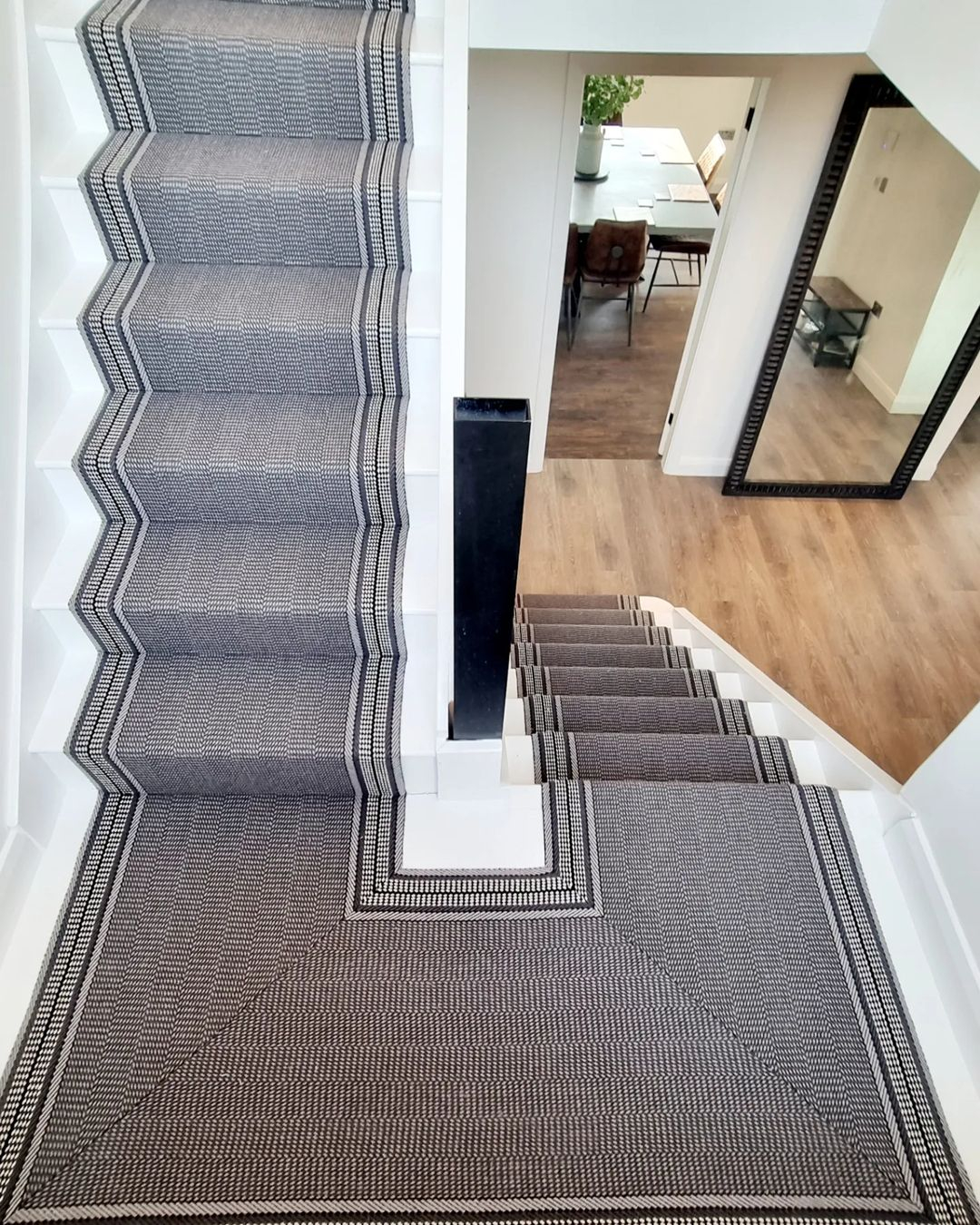
Elevate your staircase transformation with professional expertise. Choosing to install carpet is a crucial decision—trust the experts to seamlessly blend comfort and craftsmanship, ensuring each step is a testament to refined beauty and lasting quality. Staircase carpet from @ meadow_view_reno
Carpeting a staircase can enhance both the aesthetic appeal and safety of the space. Here are the pros and cons of carpeting a staircase:
Pros:
- Safety: Carpeted stairs provide better traction, reducing the risk of slipping or falling. This is particularly beneficial in homes with children, elderly individuals, or pets.
- Comfort: Carpets add a layer of comfort underfoot, making the staircase more pleasant to navigate. This is especially appreciated in homes where the staircase is frequently used.
- Sound Absorption: Carpets absorb sound, reducing the noise generated by footsteps and creating a quieter environment. This can be advantageous in multi-story homes or apartments.
- Versatility: Carpets come in a wide variety of colors, patterns, and textures, allowing for customization to match the overall decor of the home.
- Warmth: Carpets contribute to insulation, making the staircase feel warmer, especially in colder climates.
- Style: A carpeted staircase can add a touch of elegance and sophistication, enhancing the visual appeal of the space.

Carpets, a canvas of colors, patterns, and textures, bring endless possibilities for customization. Elevate your home decor as you curate a personalized sanctuary, where every step reflects your unique taste and lifestyle. Flat weave carpet from @ rivierahomelondon
Cons:
- Maintenance: Carpets on stairs may require more frequent cleaning and maintenance, as they can trap dirt, dust, and stains. This is particularly true for high-traffic areas.
- Durability: Stairs experience heavy foot traffic, and over time, the carpet may wear out, especially in the center of each step. Selecting a durable and high-quality carpet is crucial to mitigate this issue.
- Installation Costs: Installing carpet on stairs can be more labor-intensive than other flooring options, potentially leading to higher installation costs.
- Allergens: Carpets can trap allergens such as dust, pet dander, and pollen. This can be a concern for individuals with allergies.
- Not Suitable for Pets: If you have pets, their claws may snag and damage the carpet, leading to potential maintenance issues.
- Style Preferences: Some people prefer the look of hardwood or other types of stair treads, and a carpeted staircase may not align with certain design preferences.
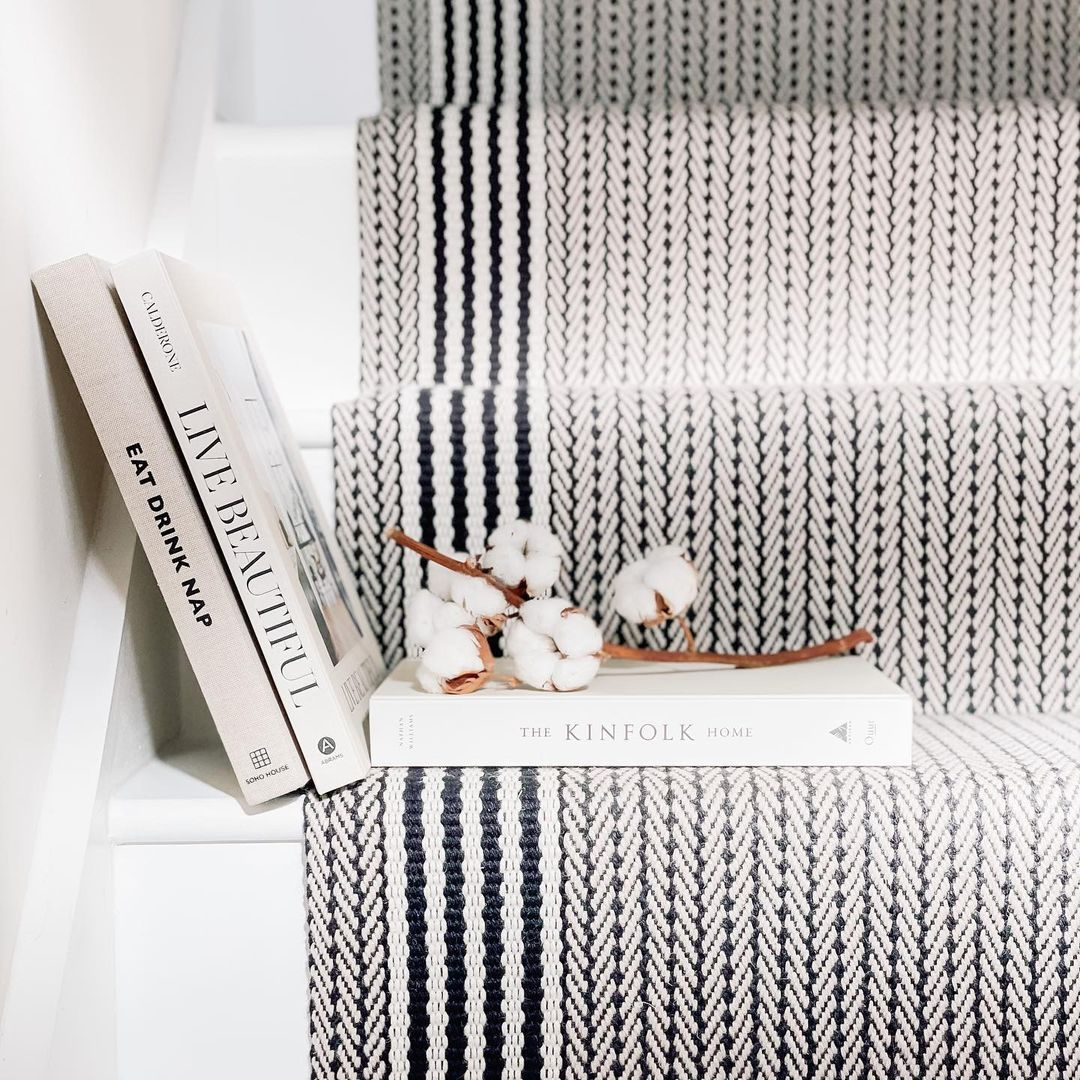
While carpets add charm to stairs, their plush embrace demands diligent care. Regular cleaning becomes the key, as these stair carpets capture life’s footprints—dirt, dust, and stains. Elevate your maintenance routine to keep your ascent both stylish and spotless. Beautiful staircase carpet from @ mulberry_corner
When selecting a carpet for your staircase, you’ll encounter various types, each boasting unique characteristics. Below, you’ll find a compilation of common carpet types suitable for staircases, accompanied by their respective advantages and disadvantages:
Cut Pile Carpet
Cut pile carpet, with its individual strands cut at the top, has advantages and a few drawbacks. On the positive side, it’s known for underfoot softness, creating a cozy ambiance, and it looks plush and luxurious, making it a favored choice for spaces valuing comfort and aesthetics.
However, there are downsides to consider. Cut pile carpets may show footprints and vacuum marks more visibly, impacting overall appearance. They can also mat and crush, especially in high-traffic areas. Regular maintenance and choosing high-quality cut pile carpets can address these issues and prolong the flooring’s life.
Loop Pile Carpet
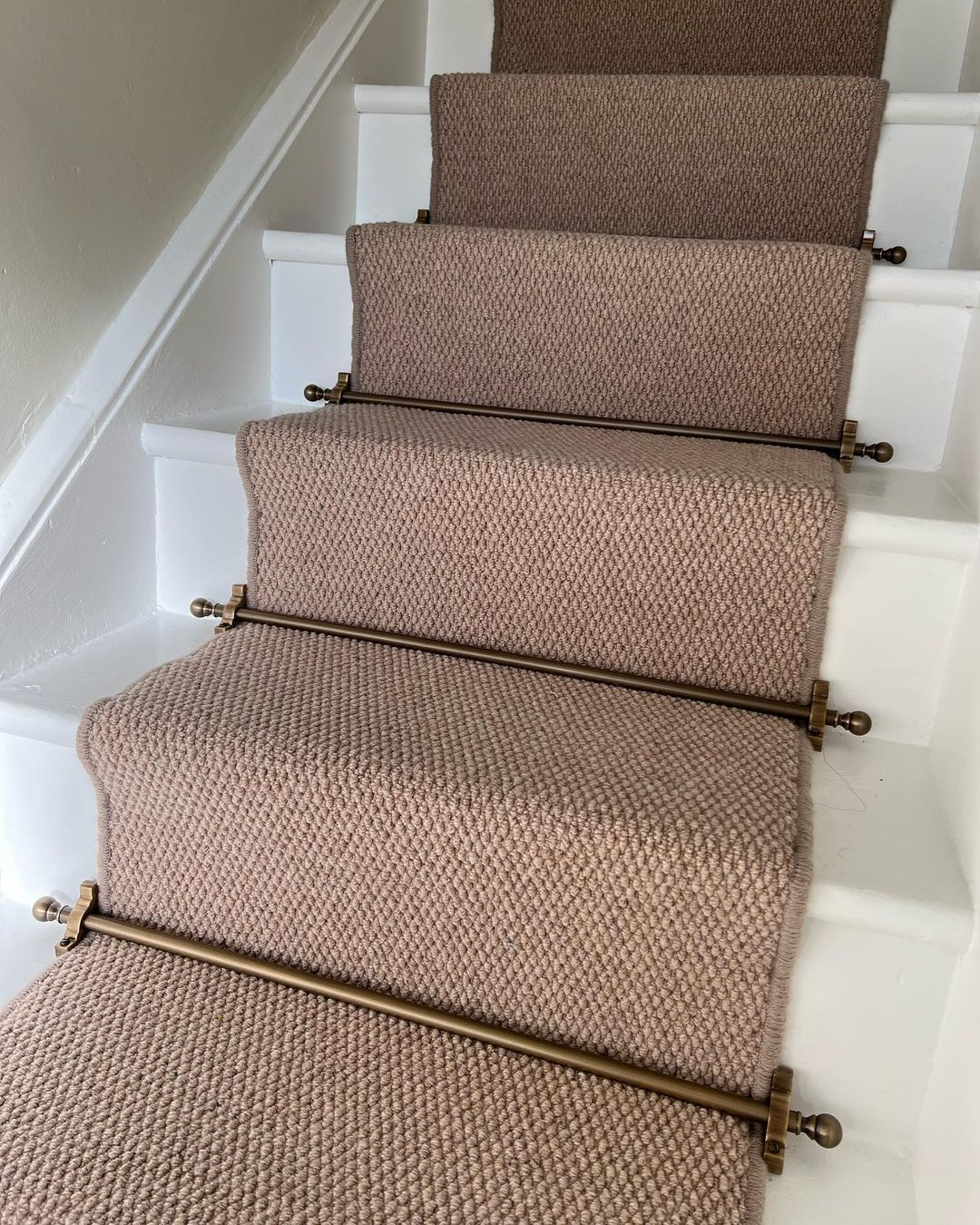
Opting for a loop pile carpet on your staircase isn’t just a choice; it’s a smart move. Durable, resilient, and effortlessly stylish, loop piles withstand high-traffic areas, making your ascent a perfect blend of comfort and enduring elegance. Loop pile carpet from @ our.suffolkhome
Loop pile carpet, with continuous loops of fiber, has its own advantages and disadvantages. It’s known for durability and resistance to matting, making it suitable for high-traffic areas. Loop piles also effectively hide dirt and stains, maintaining a cleaner appearance over time.
But there are considerations. Loop pile carpets may be less soft underfoot, potentially affecting comfort. They could be more prone to snagging, especially in homes with pets. It’s crucial to assess these factors in relation to the desired characteristics and specific requirements of the space. Regular maintenance is key to extending the longevity and preserving the appearance of loop pile carpets.
Cut and Loop Pile Carpet
Cut and loop pile carpet, a blend of cut and loop piles, brings a unique set of features. This hybrid seamlessly combines the best of both worlds—merging the softness of cut piles with the durability and textured appearance of loop piles. The result is a carpet that offers a luxurious underfoot experience and showcases a visually appealing, textured, and patterned appearance.
However, it’s essential to consider potential downsides. The mix of cut and loop piles creates multiple surface levels, posing a challenge for thorough cleaning. The varied heights of the fibers can make it harder to remove dirt and debris effectively. Despite this challenge, the distinctive aesthetic qualities of cut and loop pile carpets often make them a preferred choice for those seeking a carpet that blends visual appeal with high-performance features.
Nylon Carpet
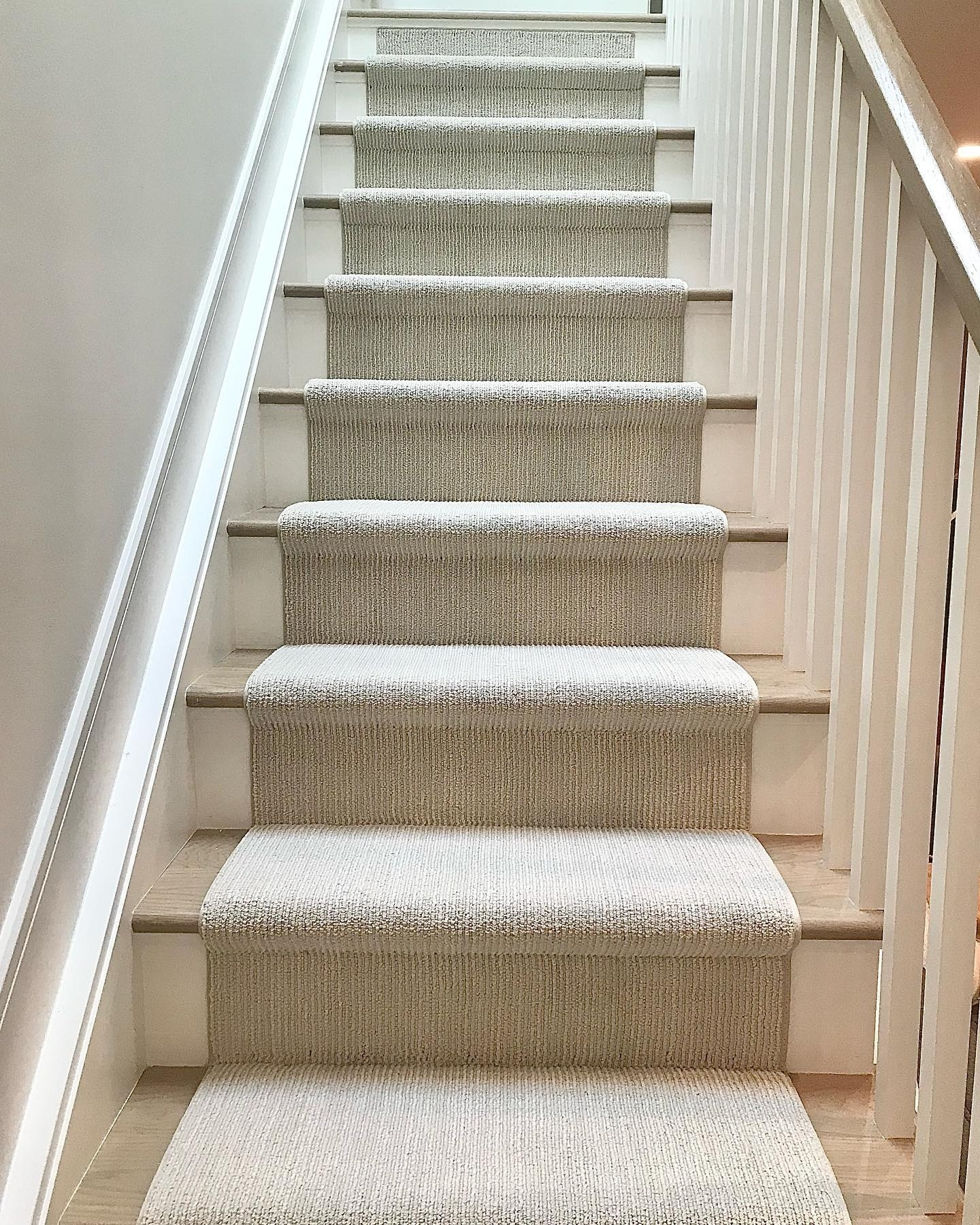
Choose the unrivaled strength of nylon for your staircase carpet. Embrace the advantage of resilience and effortless maintenance, ensuring every step is not just a climb but a lasting statement in sophistication and practicality. Nylon carpet from @ masland_residential
Polyester carpet has both pros and cons. It feels plush and luxurious underfoot, creating a comfortable ambiance. Additionally, polyester carpets are resistant to stains and fading, ensuring a vibrant appearance over time.
Compared to nylon, polyester is less durable, especially in high-traffic areas where wear and tear are noticeable. Polyester carpets are also prone to matting and crushing, which can affect their overall appearance and lifespan. While they offer comfort and aesthetics, it’s crucial to carefully evaluate their durability and suitability for specific usage areas when making informed carpet selection decisions.
Wool Carpet
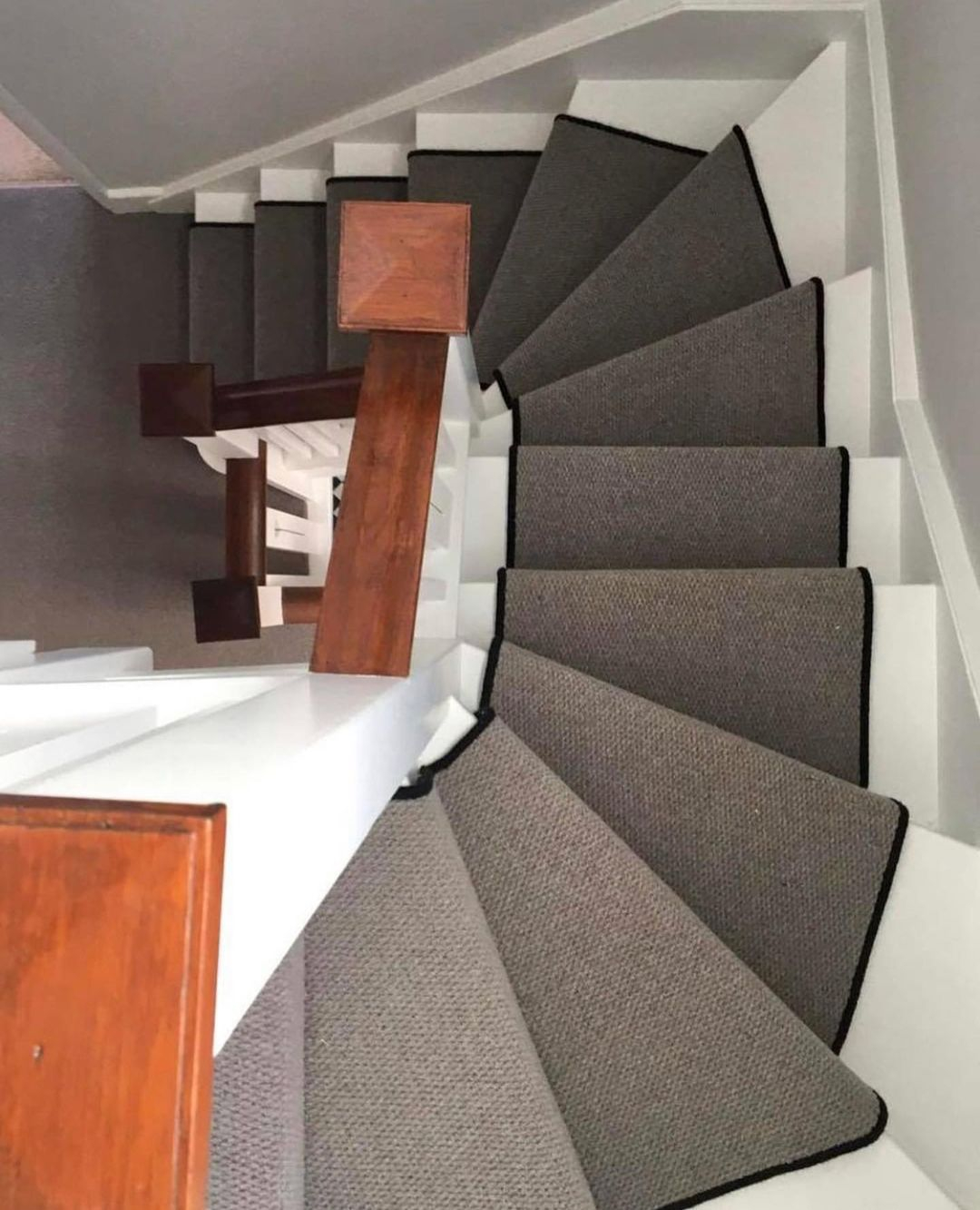
Elevate your space with the inherent softness and opulence of wool carpet. Experience a cozy underfoot sensation while enjoying the added benefits of stain resistance and natural flame-retardant properties. Choose durability and safety without compromising on comfort. Wool carpet from @ gaskellwoolrich
Wool carpet has pros and cons. On the positive side, it’s naturally soft and luxurious, providing a cozy underfoot experience. Wool carpets are resistant to stains and have inherent flame-retardant properties, enhancing durability and safety. Wool’s characteristics contribute to a premium feel, making it a sought-after choice for those prioritizing comfort and quality.
But, Wool carpets are generally more expensive than synthetic options, which is important for budget-conscious individuals. They also require meticulous maintenance to preserve quality and appearance. Despite the benefits like softness and stain resistance, investing in wool carpeting means committing to proper upkeep for lasting elegance. Balancing advantages and disadvantages, wool carpets remain a luxurious and high-quality option for those willing to invest in enduring comfort and sophistication.
Berber carpet
Berber carpet, with its unique looped construction, has pros and cons. On the positive side, it’s known for durability and resistance to wear, making it suitable for high-traffic areas in homes or commercial spaces. The tightly woven loops contribute to its ability to withstand heavy foot traffic, and it has a clean and contemporary aesthetic that complements various interior design styles.
Despite its durability, Berber carpet may be less comfortable underfoot compared to other types. The tight loop construction can result in a firmer surface, and some people may find it less plush than carpets with a cut pile. Additionally, repairing Berber carpet can be challenging if snagged or pulled. The looped fibers make it harder to conceal and fix snags, requiring careful handling to maintain the overall appearance of the carpet.
Indoor/Outdoor Carpet
Indoor/outdoor carpet, made to endure both indoor and outdoor conditions, has its pros and cons. On the positive side, it’s engineered to resist moisture and mildew, making it ideal for damp areas or outdoor spaces exposed to the elements. Its durability allows it to handle high-traffic areas and diverse weather conditions. Additionally, it’s easy to clean, often requiring simple maintenance like regular vacuuming or hosing down, making it practical for busy or outdoor settings.
Despite its resilience, indoor/outdoor carpet may lack the softness typically found in other types, as it prioritizes functionality and durability over luxurious comfort. Additionally, design options may be more limited compared to traditional indoor-only carpeting. While it excels in practicality and functionality, those seeking a softer feel or intricate designs may need to consider these factors when thinking about using indoor/outdoor carpet in their space.
Patterned Carpet
Patterned carpet, known for its intricate designs, has its pros and cons. On the positive side, it adds visual interest and serves as a decorative element in interior spaces. The patterns, whether geometric, floral, or abstract, enhance the overall aesthetic appeal, allowing homeowners to express their style and improve the room’s ambiance. Additionally, the varied patterns can effectively hide stains and wear over time, offering a practical solution for spaces with heavy foot traffic or potential spills.
But there are challenges to consider. During installation, pattern matching can be complex, especially in larger rooms or irregular spaces, requiring skill and precision from the installer. Additionally, patterned carpet may be more expensive than solid-colored options due to the added complexity in manufacturing and installation. While the intricate designs contribute to the higher cost, they also result in a visually appealing and unique flooring option.
In the quest for the perfect staircase carpet, factor in elements like durability, maintenance needs, aesthetics, and budget. Selecting a carpet type that harmonizes with your unique requirements and preferences is paramount, especially when considering the hustle and bustle of foot traffic on your staircase.
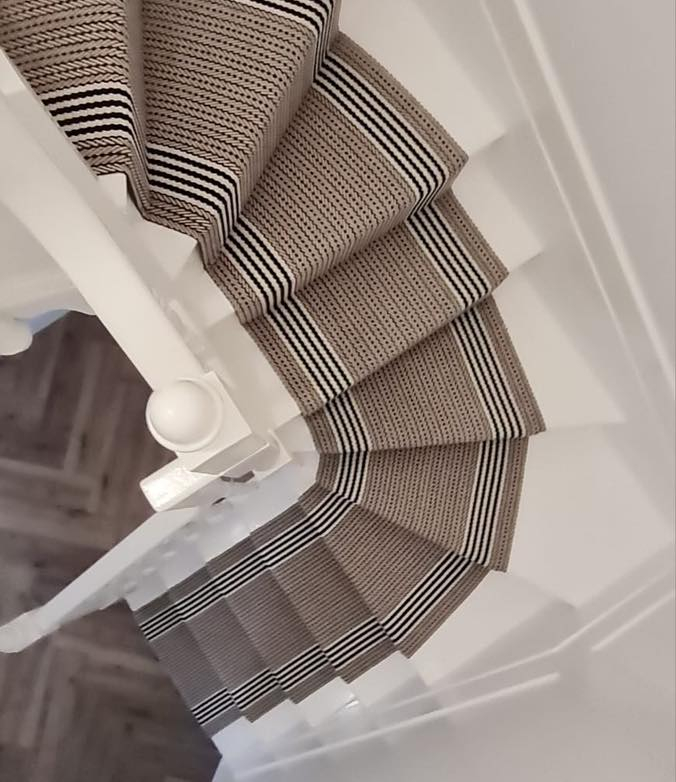
Navigate the journey to the perfect staircase carpet by considering key elements – durability, maintenance, aesthetics, and budget. Strike a harmonious balance, ensuring each step reflects not just style but also practicality in your quest for staircase perfection. Stair from @ oadbyhouse


